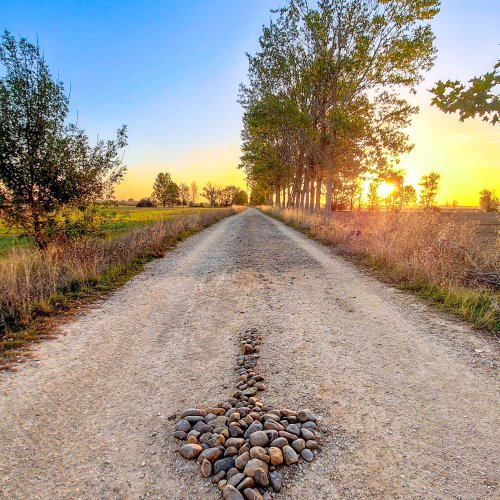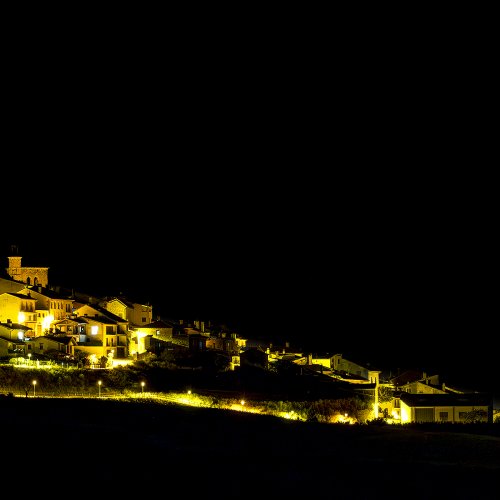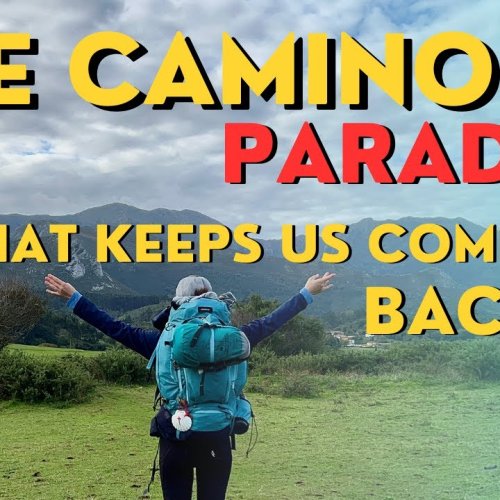BShea
Active Member
- Time of past OR future Camino
- (9/2013) Le Puy
(5/2015) CF
(5/2016) Le Puy
(5/2017) CF
(9/2017) Le Puy
(9/2019) RL Stevenson
It seems like when it comes to blister prevention and foot pain, what works for one doesn’t necessarily work for another. I thought it would be good to have a post where people can list their tried and true methods. Here’s my daily ritual:
1. NOK. 6 weeks prior to beginning the camino, I rub a French product called NOK on my feet every day. You can order it from Amazon, but it’s twice the price than when you buy it from a French pharmacy. NOK toughens the feet, makes them almost leather-like over time. Others swear by soaking feet daily in tea for the same results, but I know myself and lathering on cream suits me better than finding the time to make tea and soak my feet. NOK is not available in Spain, only in France. (I checked a dozen pharmacies!) Rather than use Vaseline as many swear by, I continue to use NOK throughout my trip.
2. Micropore Tape. Preventatively, I tape baby toes that tend to blister. Super cheap – 2€ in Spanish pharmacies and lasts forever.
3. Smartwool or Injinji toe socks. Keeps toes from rubbing against each other.
4. Hammer toe gel pads. Because I tend to scrunch up my toes when walking downhill (a lifetime of wearing flipflops, Dr Scholl’s, clogs, etc.), my toes pound on the insoles and I get toe blisters and eventually lose toenails. The gel pads raise my toes and do not allow me to tighten them. These are available at most U.S. pharmacies but I bought mine on-line for $1 a pair out of China.
5. CEP Compression socks. Helps prevent shin splints and tired legs. In the past, I wore knee high CEP socks, but the elastic behind the knee is bothersome so this year I am trying out CEP mid-cut socks.
6. Keen Voyageur boots. This is the non-waterproof version. Gortex boots made my feet feel like they were on fire. Not only do they keep water out, they don’t allow sweat to evaporate. I wear a women’s size 9 but in these boots, I am wearing a men’s 9. Be sure there is a thumb’s space at the back to allow for foot growth. My non-waterproof boots never felt wet inside when I put them on the next morning following a rainy day.
7. Superfeet green insoles. I have high arches and have debilitating pain on the ball of my foot without these insoles.
OR… Because I have claustrophobic feet, this year I will be wearing sandals instead of boots.
6. Mueller Adjustable Ankle Supports. I tend to roll my ankles on the tiniest of divots. I am hoping that these supports will make up for the lost boot protection.
7. Chaco Z/1 Unaweep Sandals. Chaco's have built-in high arches so I do not need the Superfeet. I actually wore sandals the last time I walked the Frances that I bought on the fly because of a torn blister. By the time I got to Santiago, the soles of my feet felt bruised because the sandals didn't have thick soles. I love the Vibram soles on my Chaco's and hope this will resolve the problem.
8. Mueller Jumper's Knee Straps. I also wear these preventatively. The downhills on the camino are killer on the knees. I love that these straps are lightweight, unnoticeable and give a little bit of added support to my knees.
9. Cold Water Foot Rinse. At the end of the day, after a wonderful muscle relaxing hot water shower, rinse ankles and feet with cold water to help reduce swelling. Even if you were able to soak your feet in a tub, you should still rinse after a shower as the hot water will cause blood vessels to expand, defeating the effects of the soak.
10. Saltratos Pies Cansados. This relaxing Spanish foot massage cream is readily available in Spanish pharmacies – but the price is unregulated. It was twice as expensive at a pharmacy in downtown Santiago as on the outskirts of town. It's a nice little touch at the end of the day.
I realize this looks like quite the ordeal, but it works for me.
1. NOK. 6 weeks prior to beginning the camino, I rub a French product called NOK on my feet every day. You can order it from Amazon, but it’s twice the price than when you buy it from a French pharmacy. NOK toughens the feet, makes them almost leather-like over time. Others swear by soaking feet daily in tea for the same results, but I know myself and lathering on cream suits me better than finding the time to make tea and soak my feet. NOK is not available in Spain, only in France. (I checked a dozen pharmacies!) Rather than use Vaseline as many swear by, I continue to use NOK throughout my trip.
2. Micropore Tape. Preventatively, I tape baby toes that tend to blister. Super cheap – 2€ in Spanish pharmacies and lasts forever.
3. Smartwool or Injinji toe socks. Keeps toes from rubbing against each other.
4. Hammer toe gel pads. Because I tend to scrunch up my toes when walking downhill (a lifetime of wearing flipflops, Dr Scholl’s, clogs, etc.), my toes pound on the insoles and I get toe blisters and eventually lose toenails. The gel pads raise my toes and do not allow me to tighten them. These are available at most U.S. pharmacies but I bought mine on-line for $1 a pair out of China.
5. CEP Compression socks. Helps prevent shin splints and tired legs. In the past, I wore knee high CEP socks, but the elastic behind the knee is bothersome so this year I am trying out CEP mid-cut socks.
6. Keen Voyageur boots. This is the non-waterproof version. Gortex boots made my feet feel like they were on fire. Not only do they keep water out, they don’t allow sweat to evaporate. I wear a women’s size 9 but in these boots, I am wearing a men’s 9. Be sure there is a thumb’s space at the back to allow for foot growth. My non-waterproof boots never felt wet inside when I put them on the next morning following a rainy day.
7. Superfeet green insoles. I have high arches and have debilitating pain on the ball of my foot without these insoles.
OR… Because I have claustrophobic feet, this year I will be wearing sandals instead of boots.
6. Mueller Adjustable Ankle Supports. I tend to roll my ankles on the tiniest of divots. I am hoping that these supports will make up for the lost boot protection.
7. Chaco Z/1 Unaweep Sandals. Chaco's have built-in high arches so I do not need the Superfeet. I actually wore sandals the last time I walked the Frances that I bought on the fly because of a torn blister. By the time I got to Santiago, the soles of my feet felt bruised because the sandals didn't have thick soles. I love the Vibram soles on my Chaco's and hope this will resolve the problem.
8. Mueller Jumper's Knee Straps. I also wear these preventatively. The downhills on the camino are killer on the knees. I love that these straps are lightweight, unnoticeable and give a little bit of added support to my knees.
9. Cold Water Foot Rinse. At the end of the day, after a wonderful muscle relaxing hot water shower, rinse ankles and feet with cold water to help reduce swelling. Even if you were able to soak your feet in a tub, you should still rinse after a shower as the hot water will cause blood vessels to expand, defeating the effects of the soak.
10. Saltratos Pies Cansados. This relaxing Spanish foot massage cream is readily available in Spanish pharmacies – but the price is unregulated. It was twice as expensive at a pharmacy in downtown Santiago as on the outskirts of town. It's a nice little touch at the end of the day.
I realize this looks like quite the ordeal, but it works for me.













